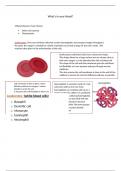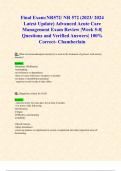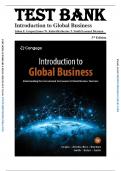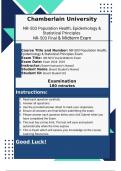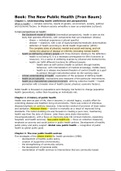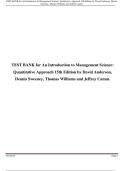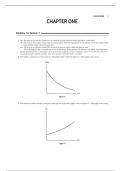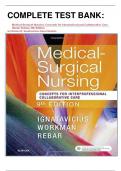Overig
Unit 20, Assignment A - GRADED DISTINCTION. Includes all the explanations, data and diagrams needed to get a distinction on the first submission. My own work :)
- Vak
- Instelling
This is an Applied Science assignment that has been graded a distinction, and it is available for sale. It is a comprehensive document that contains all the necessary data, tables, diagrams, and test analysis that you will need to secure a high grade in your Applied Science coursework. The assignme...
[Meer zien]
